Procrastination Season
It’s that time of the year when the air turns crisp, and we can spend more time outdoors again. The holidays are also around the corner, and excitement builds to engage in festivities and do things that break from routine. It’s also that time of the year when store shelves become overstocked with cold supplies because the change in temperatures lead our immune systems to plummet. All this also means… this is the season for PROCRASTINATION.
Sometimes it’s easy to believe that procrastination is a product of laziness and I really want to challenge this thinking. Procrastination is often a product of feeling overwhelmed, intimidated, incapable, and/or uninterested. Since this can be boiled down to emotional experiences, we can feel more hopeful and empowered to break this pattern when we acknowledge that it’s actually not a product of an inherent personality trait.
So what can we do about procrastinating now that we acknowledge that it’s a result of an unwanted emotion? Here are a couple strategies to help:
Time Blocking and Prioritization: Rather than add tasks to a never-ending to-do list, try time blocking instead. Give your tasks dedicated time in your calendar the way you would allot time in your calendar for an appointment, and treat it as such. This is the time and energy you’re allowing for this item. Time blocking also allows you to visualize how you’re managing your time and reminds your brain that there are a finite amount of productive hours in a day. A to-do list does not take this into account, which is what leads to the infamous cry “I don’t have enough time!”
It's also important to consider what is a priority in the moment. This might include deadlines, other people’s reliance on your work completion, and upcoming dates. This can also include your values or what you deem as important. Hosting your annual holiday party may be something you pride yourself on, but getting rest when you catch a cold may need to take precedent over purchasing groceries and making the meal from scratch. Being a star employee with a flawless attendance record may be an important goal, but being present with a dying loved one may also be needed to align with your values. Choosing a priority when goals conflict is often the dilemma. So try to remind yourself of the goal or value you’re pursuing to mitigate feelings of guilt that can come with prioritizing. Also remember that prioritization is just making a choice for what’s needed in that moment, not necessarily indicative of who you are as a person.
Thought Restructuring: If procrastination stems from emotional and cognitive experiences, it only makes sense to try to change how our mind is perceiving the task being avoided. When the thought of starting a task brings on feelings of overwhelm, incompetence, intimidation, or boredom, it can be helpful to reframe the way our brain is interpreting it. This might look like changing “This is too hard or too much” to “This is an opportunity for me to better myself/learn something,” or “This is going to take too long” to “I only have to start with 10 minutes.” Or when a task truly feels unbearable or unpleasant, we might remind ourselves “The sooner I start, the sooner it will be over” or “I know I will feel better after I do it.” Whatever cognition that will elicit feelings of interest or motivation, or even just reduce the anxiety and dread associated with what’s being avoided will work just fine!
Mindfulness: It wouldn’t be me if I didn’t mention some form of mindfulness as a helpful strategy. As mentioned before, we procrastinate because the thought of doing something activates uncomfortable feelings like anxiety, incapability, boredom, sometimes even panic. We then impulsively avoid the task, and thus the emotion, by doing something else (anyone ever have the thought process “I really need to work on that paper… but my closet also needs to be reorganized, like right now!”). If we can learn to tolerate the uncomfortable feeling through mindfulness, we reduce our impulsivity to act on the urges to avoid. We learn to sit with the discomfort and are better able to persevere with following through on the task. And with ongoing practice, we increase our threshold (and sense of capability!) to experience the unwanted emotion and are better able to “push through” the initial jolt of wanting to bolt.
Challenge Perfectionism: Under the same umbrella of thought restructuring, become aware of cognitions that drive urges to do something “perfectly.” When we have perfectionistic tendencies and need everything we do to be perfect in some way, who wouldn’t feel overwhelmed and want to avoid it? It’s a lot of pressure to produce perfection Every. Single. Time. Remind yourself that “good enough” is what will keep you moving forward, rather than paralyzed with procrastination. And use mindfulness to sit with the discomfort of “good enough.” Exposure therapy (EXRP) is great for this. More on this in my next article, so stay tuned!
Of course, these are just a handful of suggestions that cannot encompass all situations and persons. At times, medication, increased accountability, or delegating responsibilities to others are needed, to name a few. But if procrastination is a habit you struggle with, give these strategies some consistent attempts. And remember that small efforts lead to big changes.
